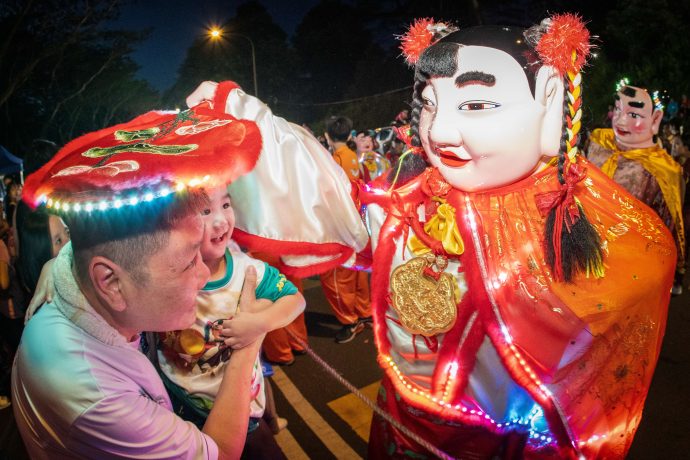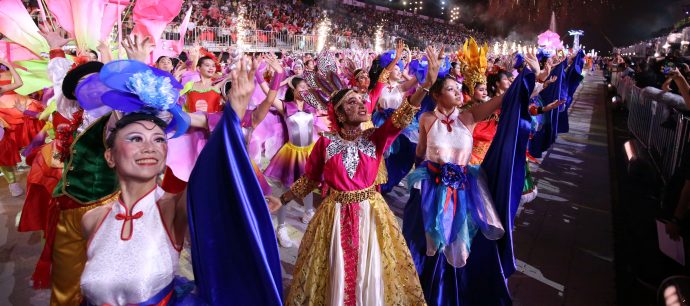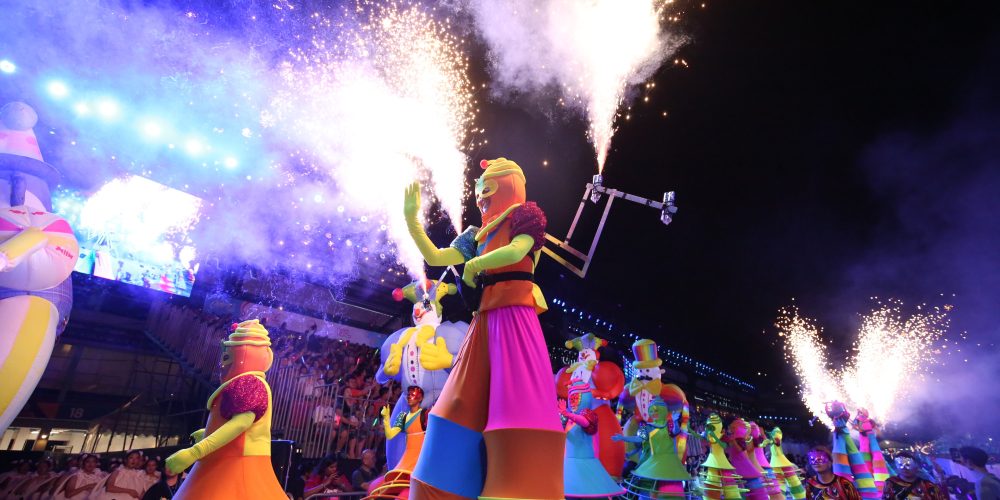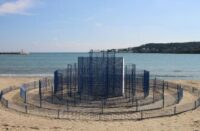Singapore and Malaysia submit joint nomination to inscribe Chingay on the UNESCO Representative List of Intangible Cultural Heritage
Chingay may soon become an official UNESCO-recognised cultural treasure. On 27 March 2025, Singapore and Malaysia jointly submitted a nomination to inscribe Chingay: a street parade that showcases multiculturalism, traditions, and artistic displays of communities on the UNESCO Representative List of the Intangible Cultural Heritage (ICH) of Humanity.
If successful, it will be Singapore’s third such nomination and its second multinational one after kebaya.

A Shared Cultural Legacy
Chingay has evolved from a Chinese religious procession into a large-scale, multicultural street parade. Practised in Singapore, Johor Bahru, and Penang, it now brings together diverse communities, art forms, and generations.
From dazzling floats and dynamic dances to bold costumes and live music, Chingay is more than a show. It is a people’s parade. The nomination celebrates this shared heritage that continues to unite Malaysians and Singaporeans, transcending ethnic lines and national borders.
A Symbolic Year for the Joint Bid
The submission coincides with the 60th anniversary of diplomatic relations between Singapore and Malaysia. What better way to honour this milestone than with a joint cultural statement? Through Chingay, both nations show how shared traditions can strengthen regional ties and foster greater cultural understanding.
Community-Led from the Start
In Singapore, the nomination effort involved over 90 Chingay stakeholders. These included performers, choreographers, artists, and volunteers. Through focus groups and workshops, the community provided input on Chingay’s significance and proposed ways to safeguard it.
The public also played a key role. More than 30,000 support cards were collected. Over 5,500 #ChingaySG posts shared personal stories. A dedicated microsite attracted thousands of messages backing the nomination.
Joint workshops were also held in both countries to exchange experiences and craft the final documents submitted to UNESCO.

What Happens Next?
UNESCO’s evaluation process is underway. The nomination will be assessed based on five main criteria:
- Alignment with the definition of intangible cultural heritage
- Contribution to cultural visibility and sustainable development
- Plans for safeguarding and promoting Chingay
- Level of community participation and consent
- Inclusion in both countries’ ICH inventories
Outcomes may be announced within the next UNESCO cycle, depending on the total number of nominations submitted globally.
Keeping Chingay Relevant
Regardless of UNESCO’s decision, Singapore and Malaysia are pressing on with outreach efforts. Programmes include:
- Island-wide Chingay roadshows in both countries
- A children’s book and preschool reading sessions from June 2025
- A Chingay Education Truck tour starting January 2026
- A national Chingay stamp design competition in March 2026
Students will also continue learning about Chingay through national education assemblies in primary and secondary schools.
More Than a Parade
For many, Chingay is not just an annual performance. It is a celebration of identity, belonging, and the spirit of multiculturalism. Whether it’s performers from different races dancing together or families building floats across generations, Chingay exemplifies what living heritage truly means.
As Ms Chang Hwee Nee, CEO of the National Heritage Board, puts it:
“We hope this nomination deepens pride in our multicultural living heritage… and strengthens cross-cultural collaborations.”
In a world where cultural divisions often make headlines, the joint bid for Chingay shows how tradition can build bridges—not walls.
Featured photo credit. A combined stilt walking performance by practitioners from Singapore and Malaysia at the 2025 Chingay Parade in Singapore (By Tian Loong Kong Stilt Walking Group (Singapore) and Johor Bahru Hong Yang Sports Association (Malaysia)) (Source: Peoples Association Singapore 2025)




